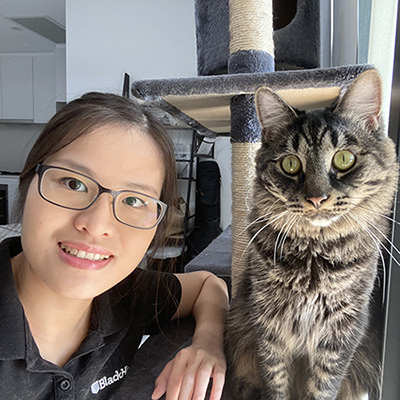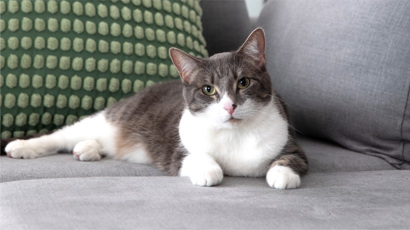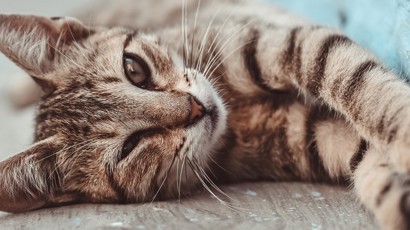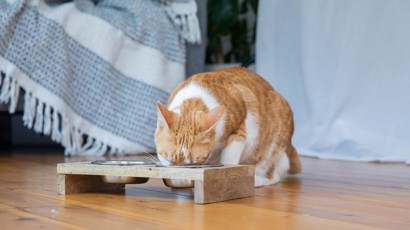Why do Cats get Hairballs?
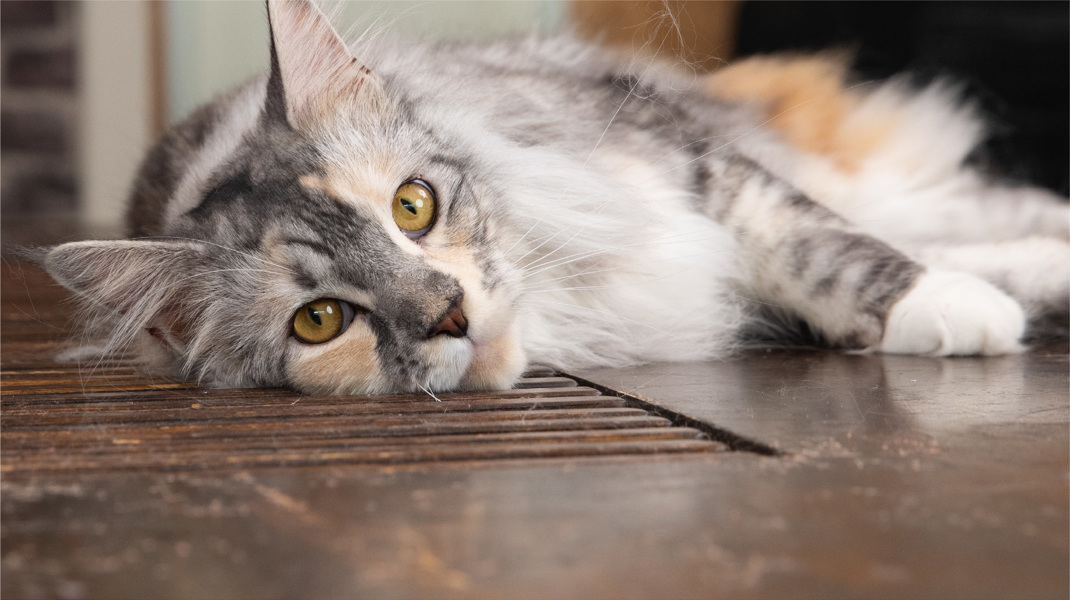
Cats are known for their immaculate grooming habits, and while this self-care routine is essential for their health, it can sometimes lead to an annoying problem: hairballs. These cylindrical masses of hair can be a common occurrence in many cats, but understanding why they occur and how to manage them is crucial for maintaining your feline friend's well-being.
Hairballs – just another quirky cat trait? Or a red flag for health concerns?
Despite the commonly held belief among cat lovers that the occasional hairball expulsion is just part and parcel of cat ownership, it's important to realise that frequent hairball episodes, particularly in short-haired cats, might actually be a subtle signal of underlying health issues.
In fact, it’s reported that only approximately 10% of seemingly healthy shorthaired cats would expel two or more hairballs within a year1. In comparison, longhaired cats are approximately twice as likely to experience frequent hairball elimination when compared to their shorthaired counterparts.
Why do cats get hairballs?
Cats are true perfectionists when it comes to personal grooming.
With their tiny tongues, they meticulously clean themselves, inadvertently ingesting loose fur in the process. Usually, this swallowed fur makes its way through their digestive system without a hitch. However, hair can accumulate in the stomach, forming those pesky hairballs, and this usually happens for two primary reasons:
- Increased fur ingestion - This can be due to overgrooming, often triggered by issues like fleas, skin conditions, pain, or anxiety. Long-haired cats tend to be more susceptible to this because of their luxurious fur coats.
- Altered gastrointestinal motility – This refers to changes in how fast or slow food moves through a cat's digestive system. Such changes can be brought on by stress, discomfort, or more commonly chronic gastrointestinal conditions like dietary intolerance or inflammatory bowel disease.
In some cases, a hairball may not be expelled as expected but could pass from the stomach into the intestine, potentially creating a life-threatening blockage somewhere within the digestive tract.
Managing Hairballs
- Grooming - Regular grooming is a fantastic way to minimize the amount of loose fur your cat ingests. Not only does it remove excess hair, but it's also a wonderful bonding experience. Cats with shorter hair may need less frequent brushing, but long-haired felines can benefit from daily grooming sessions.
- Diet & Feeding – If you've got a cat prone to hairballs, Black Hawk's Healthy Benefits Hairball Dry Food may be able to help. This special formula boasts a unique blend of high-fibre ingredients to help ease digestion and help manage hairball formation. With added fish and coconut oils for essential omega-3 and omega-6 fatty acids, as well as high protein, vitamin E, biotin, and zinc to help support you cat’s healthy skin and fur, it's a well-rounded choice. Plus, the inclusion of prebiotics and probiotics supports digestion by helping balance your cat’s gut microflora.
- Feeding your cat smaller, more frequent meals throughout the day may also help improve gastrointestinal motility and reduce the incidence of hairballs. We recommend dividing your cat’s daily meals into 3-5 servings spread out over the day.
Address the underlying cause
Remember, a severe hairball issue often signals underlying health concerns. If your cat frequently vomits or gags (with or without hairballs), exhibits discomfort, lethargy, loss of appetite, constipation, or any other unusual behaviours, don't hesitate to consult your veterinarian. They can help you identify and address the root cause of the problem.
In the end, it's all about keeping your cat happy, healthy, and free from those annoying hairballs that can sometimes interrupt the wonderful life you share together.
1Cannon, M. (2013) “Hair balls in cats: a normal nuisance or a sign that something is wrong?: A normal nuisance or a sign that something is wrong?,” Journal of feline medicine and surgery, 15(1), pp. 21–29. doi: 10.1177/1098612X12470342.
